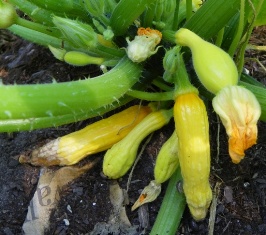To receive announcements about upcoming events and classes and stay up to date on all the latest gardening news, subscribe to one or both of my e-mail listservs:
- Subscribe
to Pender Gardener to receive updates on what to
plant and how to
care for your lawn and landscape. To subscribe, send an the
email to mj2@lists.ncsu.edu. Leave the subject line blank. In
the body of the
message put: subscribe pendergardener
- Subscribe to Food Gardener to receive updates on what to plant and how to care for your vegetable and herb garden. To subscribe, send an the email to mj2@lists.ncsu.edu. Leave the subject line blank. In the body of the message put: subscribe foodgardener





